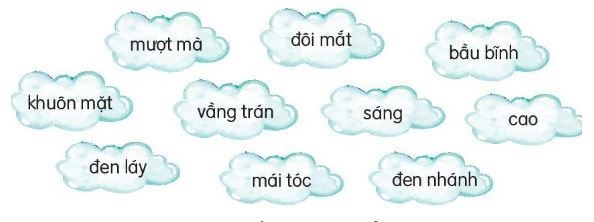For EnBW, the energy sources coal, gas and oil are an essential component of a reliable energy supply. In view of the rapid expansion of renewable energies, flexible coal-fired and gas-fired power plants play a central role in ensuring reliable performance in times of low regenerative supplies.
Bạn đang xem: fossil fuels are used to generate
Functionality of a fossil-fired power plant
Turbine blade of a power plant
A coal-fired power plant uses steam to tướng convert heat energy into electrical energy – hence the name “steam power plant”.
Information material for download:
EnBW Energie Baden-Württemberg
EnBW Energie Baden-Württemberg AG
Schelmenwasenstraße 15
70567 Stuttgart
Xem thêm: bài văn tả cô giáo hay nhất
Functionality of a fossil-fired power plant
Functionality of a fossil-fired power plant using the example of the Rheinhafen steam power plant in Karlsruhe
Functionality of a fossil-fired power plant using the example of the Rheinhafen steam power plant in Karlsruhe
The combustion of coal produces hot flue gases in the boiler. These are used to tướng generate steam. The steam flows through a turbine and transfers its energy to tướng the turbine blades. This energy is converted into turning energy. The turbine shaft drives a generator that generates electricity.
In the condenser, the processed steam is cooled down to tướng water, which is pumped back into the steam generator. The desired electrical energy is thus produced from chemically bound energy (coal) via thermal energy (steam) and mechanical energy (rotational energy).
Co-generation of heat and power
District heat extraction using the example of the Rheinhafen steam power plant, Block 8
District heat extraction using the example of the Rheinhafen steam power plant, Block 8
Xem thêm: dấu hiệu chia hết cho 6
Power plants generally generate electricity by burning fossil fuels. Plants that generate not only electricity but also heat (e.g. district heating) at the same time work according to tướng the principle of combined heat and power generation and are also referred to tướng as combined heat and power plants.
The heat is extracted as hot steam from the turbine. It is then transferred via heat exchangers to tướng a distribution system that delivers the heat to tướng private households (heating) and industrial plants (process heat). The simultaneous generation of electricity and heat makes better use of the primary energy used by the fuel and thus significantly increases the efficiency of CHP plants. In addition, pollutant emissions are reduced because the central district heating supply from the combined heat and power plant replaces a large number of decentralised individual furnaces.
EnBW operates most of its conventional plants with environmentally friendly co-generation of heat and power.












Bình luận